While we won’t pretend to know exactly how to be self-sufficient and live without a community or the help of others, we believe there are three principal aspects to living completely self-sufficiently:
- Living in a home that stands on its own (doesn’t depend on any outside networks like mains power and water, or fiber internet)
- Being self-sufficient when it comes to food
- Not needing anything from the shops. Ever. Again. Which in most cases, is a lot harder to do — and not something most actually want to do.
Let’s dive into each aspect individually!
Table of Contents
What you Need to Be Self-Sufficient
Building an Off-Grid Home: The Ins and Outs of Energy
We Can’t Live Without Water and Electricity
Staying Toasty in the Winter and Cool in the Summer
There are So Many Varied Ways to Increase Your Food Supply From Home
Gardening For Self-Sufficiency
Foraging: Food from the Wild
Preserving Food — A Full Pantry Year-Round
Raising Animals for Self-Sufficiency
Growing and Making Your Own Clothes
Extending the Life of Your Self-Reliance
How to Become More Self-Reliant in a Modern World
How to Get Started
Building an Off-Grid Home: The Ins and Outs of Energy
There are so many options here; everything from the popular tiny home to a log cabin to the restoration of an old ruin to building a straw bale house. These can cost anywhere from $70,000 and up, depending on so many different factors.
Off-Grid Water and Electricity
Being off-grid, you’ll have to provide your own water and electricity, and these could potentially significantly up the cost. You’ll first have to scout out where you want to live — in your own state? In another country? Near a river or stream? In the mountains or the forest?
The next step is to decide what kind of house or structure you’d like to live in, and then consider how to make this work. Do plenty of research and dig deep into the ins and outs of your particular build. Don’t skimp on this step, or you might be paying for it in years to come.
Try to talk with others who’ve done a similar project — many people would be open to sharing their experiences, good and bad.
Look into water and electricity options. Will you source water from a well or a borehole, or will you truck it in containers? Each of these has its own benefits and challenges, and you’ll do yourself some good to really put some thought into how you’ll go about obtaining water — especially if you’ll be growing your own food and will need to water your garden.
Perhaps you’ll catch rainfall, but what if there’s a drought? Or what if you’ve underestimated the amount of rainfall?
Electricity is another biggie. Will you invest in a solar panel system? In that case, you’ll have to consider a backup generator for cloudy days or in case you accidentally turn on both the washing machine and the toaster at the same time.
If your batteries can’t handle the power load, the whole system will temporarily fail. If you have an automatic switch to a generator, you’re covered. You’ll also have to think about where to mount your solar panels. If they’re on ground level, you might risk having them stolen. If they’re on the roof, then that’s another cost to mount them.
Heating and Cooling an Off-Grid Home
Last but not least in terms of energy, there’s heating and cooling. Depending on where you choose to live, you might need heat in the winter and a cross breeze in the summer. In warm conditions, you’ll have to consider not only fire protection but also how to keep the house cool.
Perhaps thermomass could do the trick, or positioning windows in optimal positions to provide a nice cross breeze. If your area turns cold in the winter, then you’ll have to consider a source of heat; a fireplace or two, a wood-burning furnace that circulates through a central heating system, under-floor heating, etc.
And then, of course, you’ll have to have wood, so this leads to the next question: Where will your firewood come from?
Growing, Foraging, and Preserving Your Own Food
Gardening for Self-Sufficiency
Who doesn’t want a beautiful bountiful garden full of a variety of green leafy vegetables set off by some bright red peppers, dark purple eggplant, burgeoning orange pumpkins, and trellised cucumber, tomatoes, and snap peas?
Sounds lovely, but you’ll have to get some practice and do your research before this magically appears. It’s possible, however — just takes a bit of practice, like everything else.
When you have your plot of land, you can start planning out your garden even before your build or restoration has begun. Visualize where the most optimal place might be — perhaps outside the kitchen door, perhaps behind the house?
Then have a look at the soil, observe at what time of day the sun hits the garden, and look into the yearly rainfall schedule.
Depending on your budget and needs, you might invest in some basic tools to get you started. I’d recommend at least a sturdy hoe to help you till the soil. If you’ve got a bit more to spend, you might consider sinking money into a handheld cultivator machine, which will make turning the soil that much easier.
You’ll also need seeds — organic heirloom seeds would be best, as you can collect the seeds for the following year. And water, which we’ve already discussed.
You might also consider building a small greenhouse to get those plants going during the colder winter months. This way, you’re ahead of the game come spring, and you’ll surely have tomatoes by early summer.
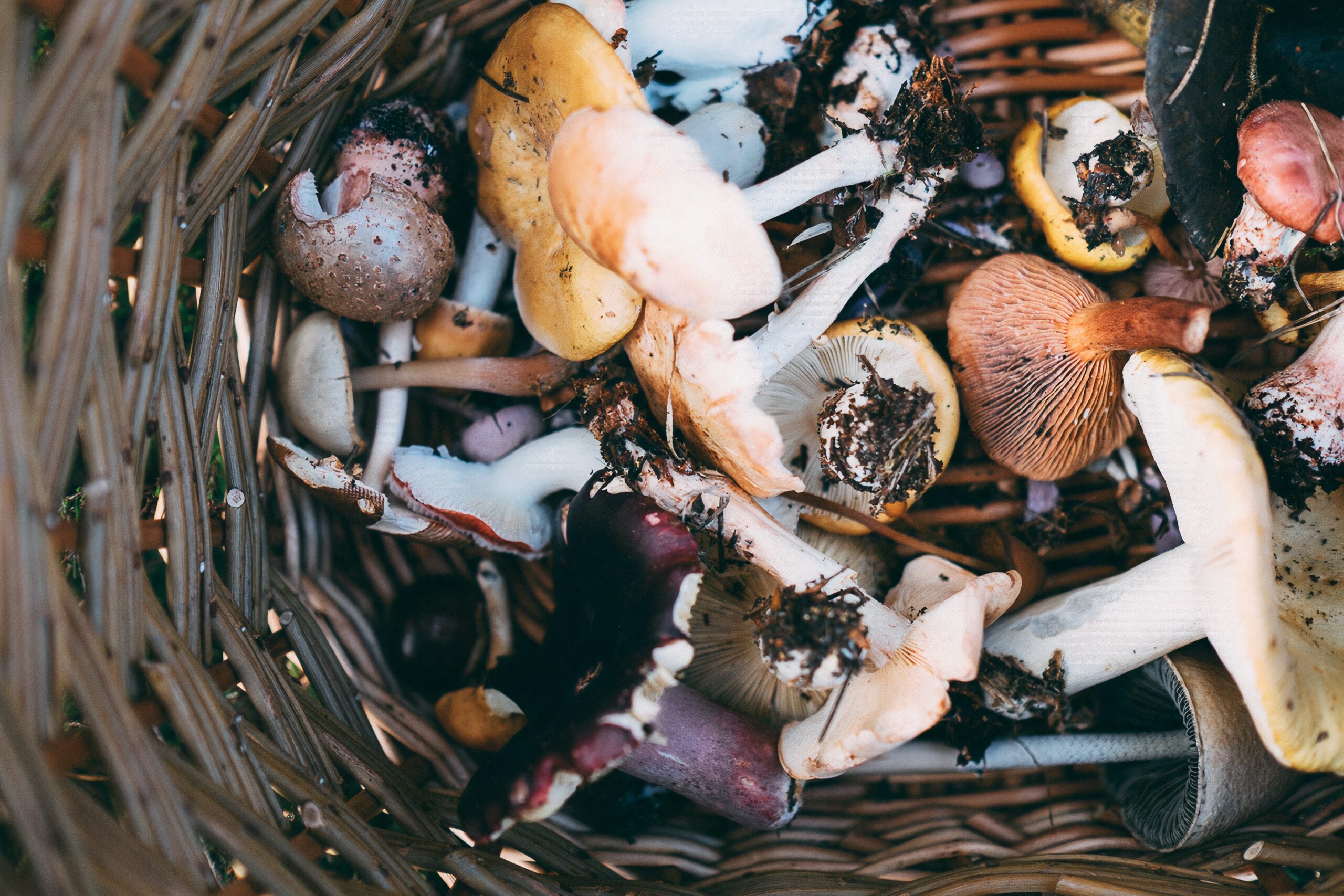
Foraging: Food from the Wild
Another off-grid specialty is foraging. There are tons of books and online resources to help you figure out what you can forage to eat and what could potentially kill you, so do your research.
A fantastic option would be to learn from a local — perhaps there’s someone in your area who knows how to forage, or at least you might find an older person who knows where to find the best seasonal local mushrooms.
They all seem to have their secret knowledge that they’d be happy to share a bit of with a kind curious newcomer.
There’s lots to find in nature, depending on where you live. In my area of the world in Spain, in the springtime and summer months, I can find wild self-seeded Swiss chard, nettles, borage, and dandelion greens.
At the tail-end of the summer, I collect endless baskets full of wild blackberries. And then into the cooler autumn months, there are delectable mushrooms to be found in the underbrush of the forest. You just have to know where to look.
Around the world, you can forage for seaweed, wild garlic, elderflowers, seaweed, hawthorn, a variety of berries and nuts, mallow leaves, and the list goes on and on. What better way to source a bit of food than from Mother Nature?
Preserving Food — A Full Pantry Year-Round
After you’ve grown or foraged all this lovely nourishing food, the best way to make it last is to preserve it. Eat what you will and save the rest for the months when food is hard to come by naturally.
Once again, there are numerous options, including canning, jarring, pickling, freeze drying, smoking, dehydrating, fermenting, and curing. There are books and online resources galore, so pick a food and see where the preserving options take you.
Berries, for instance. Not only can you make a multitude of sweet treats to preserve and freeze, like jam, sauce, and ice cream, but also natural sweet treats to dehydrate or dry.
With a simple oven set to a low temperature, you can dehydrate berries until they’re sufficiently dry to store throughout the winter. Then enjoy them as is, or thrown in a trail mix with nuts and seeds.
If you want to invest a bit of cash into a dehydrator, you can get yourself an eight-tray dehydrator that will perfectly dehydrate berries, apple and tomato slices, figs — even sliced tenderloin to make beef jerky.
Whatever you choose, you’ll typically need a bit of equipment, whether it’s a freezer, a smokehouse setup, or simply some jars and a stove. Try your hand at what suits you, but once again, do thorough research. Even canning tomatoes requires some knowledge to avoid any potential bad bacteria getting in there.
Once you get the hang of it, you’ll enjoy all this stretching out of food — filling your belly with your own homegrown or foraged food when the season has long passed.
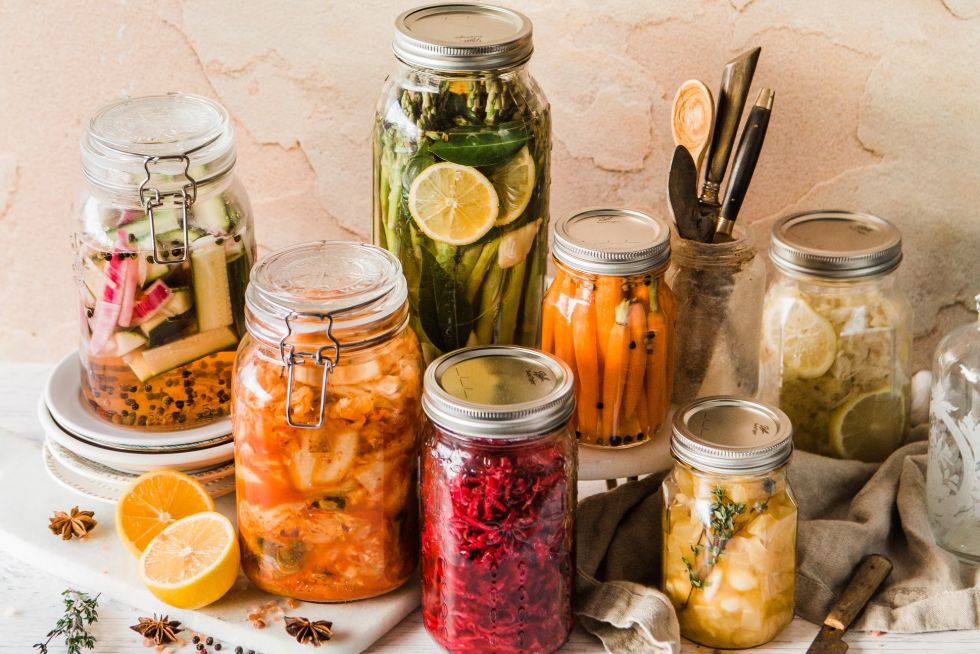
Raising Animals for Self-Sufficiency
Being self-sufficient is made a lot easier with the help of a few animals — especially multi-purpose ones. If you only want chickens, that’s just fine — you’ll get beautiful pasture-raised possibly organic eggs, and right there, you’ll save a bundle and help reduce the strain on industrial farming.
In general, chickens are easy to have around, but only if you have the right setup in place. For a more in-depth look into how to care for and raise chickens and other farm birds, have a look here.
Along the same line as chickens, you might also consider other bird options, such as ducks, geese, turkeys, or even quail. All of them can provide you with delicious pasture-raised eggs and/or meat, and each breed of bird has its own special benefits and challenges.
The same goes for any other livestock animal — each species presents pros and cons. When you understand your needs, environment, work ethic, and animal husbandry responsibility, you’ll have a much easier time choosing the animals you’d like to accompany you on your journey.
There are so many possibilities to increase the food abundance on your property — fresh milk and homemade cheese from goats, sheep, and dairy cows; a daily supply of fresh eggs (and eventually delicious home-grown meat) from your chickens, ducks, turkeys, and quail.
Perhaps you could start with chickens and a chicken coop, and after you’ve lived in your new abode, you could make the decision to acquire more animals to suit your purpose and needs. The list abounds dairy cows, goats, sheep, pigs, etc.
If you’d like to learn more about the above-mentioned specific breeds, read this informative post.
Growing and Making Your Own Clothes
Growing your own food may sound daunting to a lot of you who’ve never even picked up a needle, but it could be quite fun and not so challenging.
First off, however, let’s take a closer look at sewing. If you’ve never sewn a stitch in your life, then rest assured, it doesn’t have to be off-putting. For a sustainable life, you might come to realize that it’s preferable to mend your clothes rather than toss them in the trash and buy new ones.
It’s easier than you might think, and there are a ton of books and online resources to guide you through the basics of beginner sewing — and this could come in handy for simply replacing a button on a pair of jeans.
You could move on from there without becoming too overwhelmed. Perhaps try mending a straight seam on a kitchen towel, and you can move up from there to patching the ripped knee of your work pants.
Growing your own clothes is another story. Again, instructional resources abound. To be honest, it’s one that I haven’t yet delved into, so if you have a proclivity for growing your own clothes, please have a look at the following: growing hemp, ramie, cotton, or flax and making clothes from them.
Extending the Life of Your Self-Reliance
As I previously mentioned regarding the electric tiller, buying good-quality tools and machinery will really assist you in advancing your project, rather than purchasing cheaper, low-quality ones.
However, as you know, they won’t last forever, but if you take really good care of them and hone in on maintenance and upkeep, you might find that they’ll last you a pretty long time.
Incidentally, there are some tools and machinery that claim to last a lifetime — you’ll soon find a post on this, so stay tuned.
How to Become More Self-Reliant in a Modern World
As you can see from this article, there’s so much to consider when thinking about living completely self-sufficiently. Your best option could be to do extensive research, move slowly and forgive yourself for inevitable mistakes or errors. Here’s a summarized bucket list of how to start a self-sustainable life:
- Find a cooperative or an intentional living community where self-sufficiency is supported and an ultimate goal.
- Find an internship or apprenticeship (e.g. WWOOF, HelpX, or Workaway). These organizations aren’t just for young people and travelers; we’ve hosted families and people of all ages looking for a change in lifestyle.
- House-sit! The one thing many off-grid people have a hard time doing is finding suitable guardians for their homes while they go to visit family abroad, or even travel for fun. In most cases, it’s not just caring for the garden and the animals, but also making sure the systems are functioning properly and keeping an eye on the property [If you’re looking for a house-sitting opportunity in Spain, read more here!].
- Rent an off-grid property in an area you like, before you make the final decision.
How To Get Started
Before you go all in and buy land, try simply dipping your toes in to gain experience, knowledge, wisdom, and important lessons on what this new life entails. You might think you’ve done enough research, but I can’t tell you how much I recommend renting in your area of choice.
You won’t know all there is to know until you live there.
Review the above checklist, taking everything into consideration, but also don’t forget to contemplate the influence of the following factors: your age, your physical health and endurance, and climate change in your chosen region.
Perhaps most importantly, consider your ability to face so-called “failures” as indispensable and valuable lessons that will brighten and enhance your journey toward self-sufficiency.
Please leave your stories, experiences, and questions in the comments below.

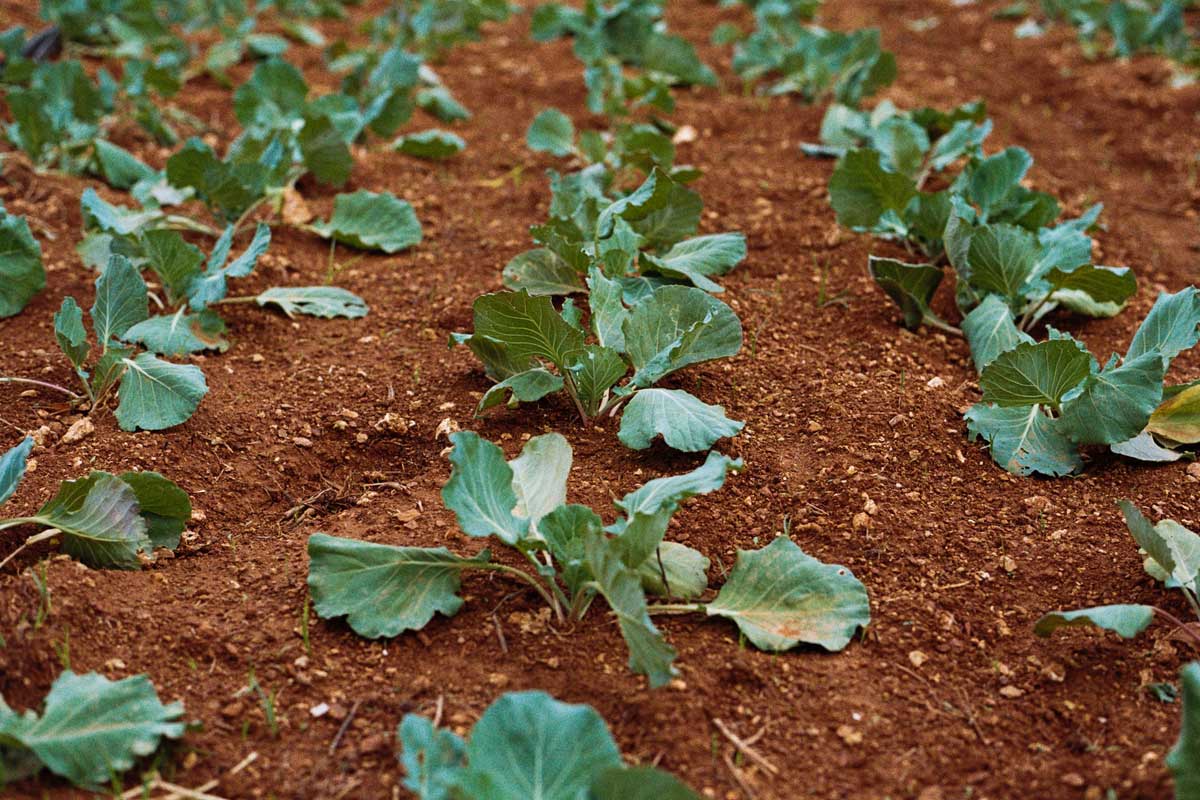
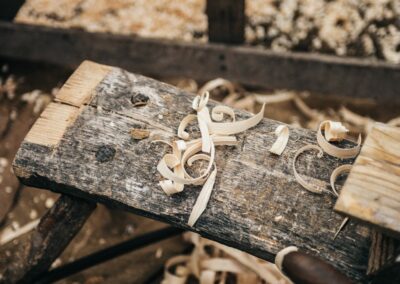
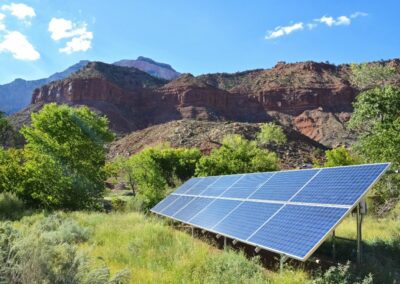
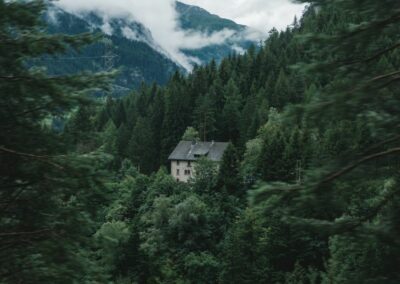
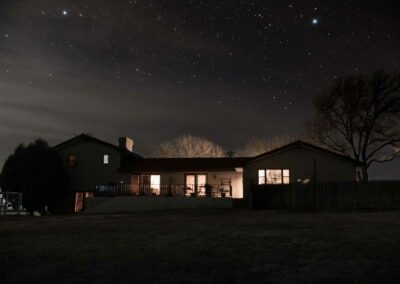
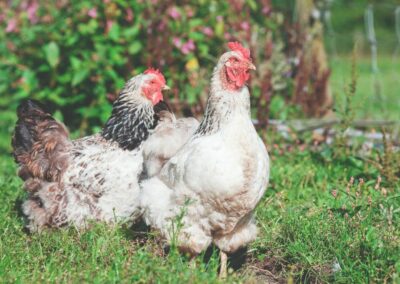
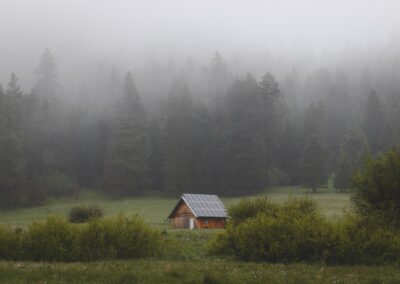
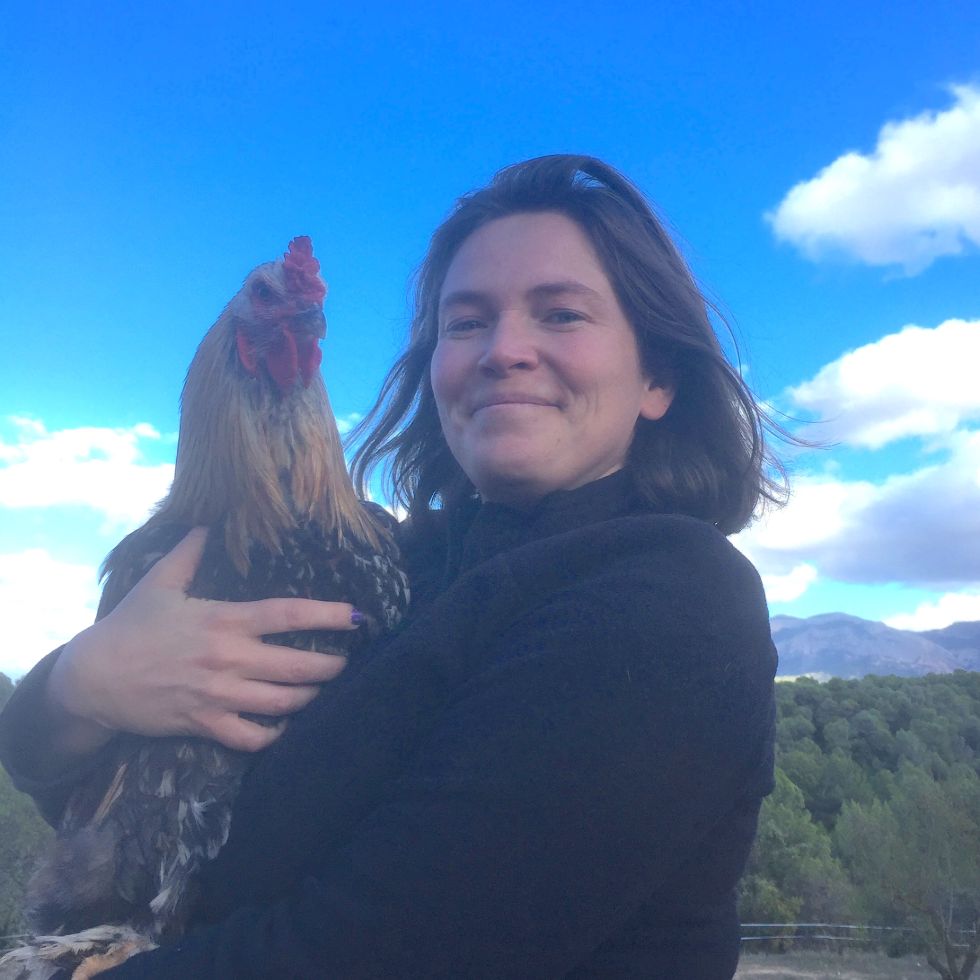
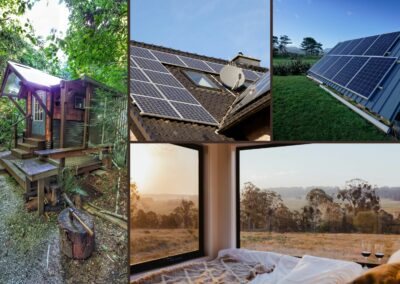
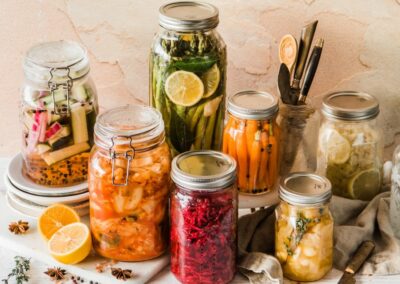
0 Comments